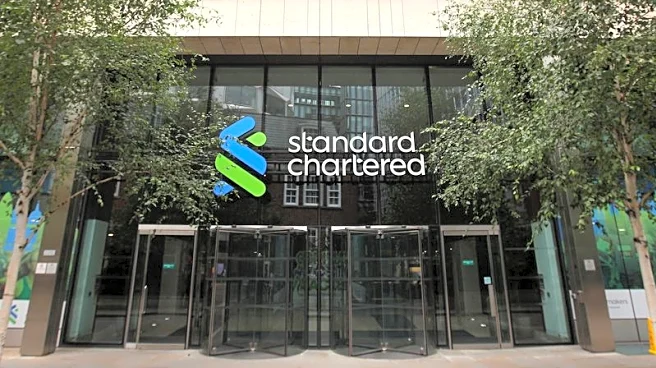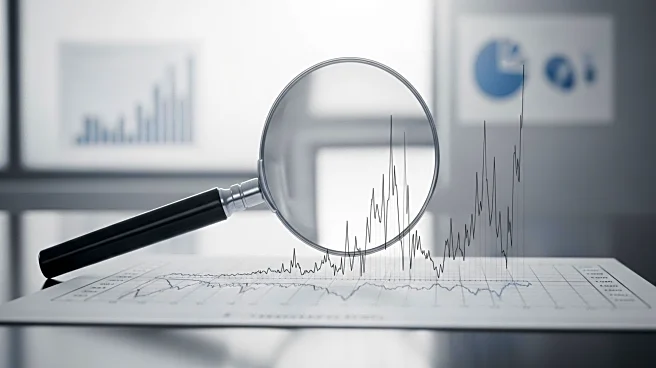What's Happening?
The U.S. Treasury is set to auction $22 billion in 30-year bonds, following a lackluster auction in August that saw some of the weakest demand metrics of the year. The upcoming auction is $3 billion smaller than the previous one, which analysts suggest might make it easier to absorb. Despite this, the auction occurs against a backdrop of global skepticism towards long-term bonds, driven by concerns over fiscal deficits and the Federal Reserve's independence. The previous auction's bid-to-cover ratio was notably low, and end-user demand was the weakest since August 2024. However, recent shifts in the Federal Reserve's tone towards a more dovish stance, following weak U.S. jobs reports, have bolstered market confidence in slower growth, potentially supporting the rally in Treasuries.
Why It's Important?
The outcome of the 30-year bond auction is significant for the U.S. financial markets, as it reflects investor confidence in long-term government debt amidst fiscal and economic uncertainties. A successful auction could signal renewed investor confidence, potentially stabilizing the long end of the yield curve. Conversely, weak demand could exacerbate concerns over fiscal deficits and the sustainability of U.S. debt levels. The auction's results will also provide insights into the market's reaction to the Federal Reserve's recent policy signals and its impact on long-term interest rates. Investors, including pension funds and foreign entities, stand to gain or lose based on the auction's success, influencing broader economic and financial market conditions.
What's Next?
Following the auction, market participants will closely monitor the demand levels and the yield outcomes to gauge investor sentiment towards long-term U.S. debt. The results could influence future Treasury issuance strategies and the Federal Reserve's policy considerations. Additionally, the auction's reception may impact the broader bond market, affecting interest rates and investment strategies. Analysts will also watch for any shifts in the yield curve, which could indicate changes in market expectations for economic growth and inflation.












